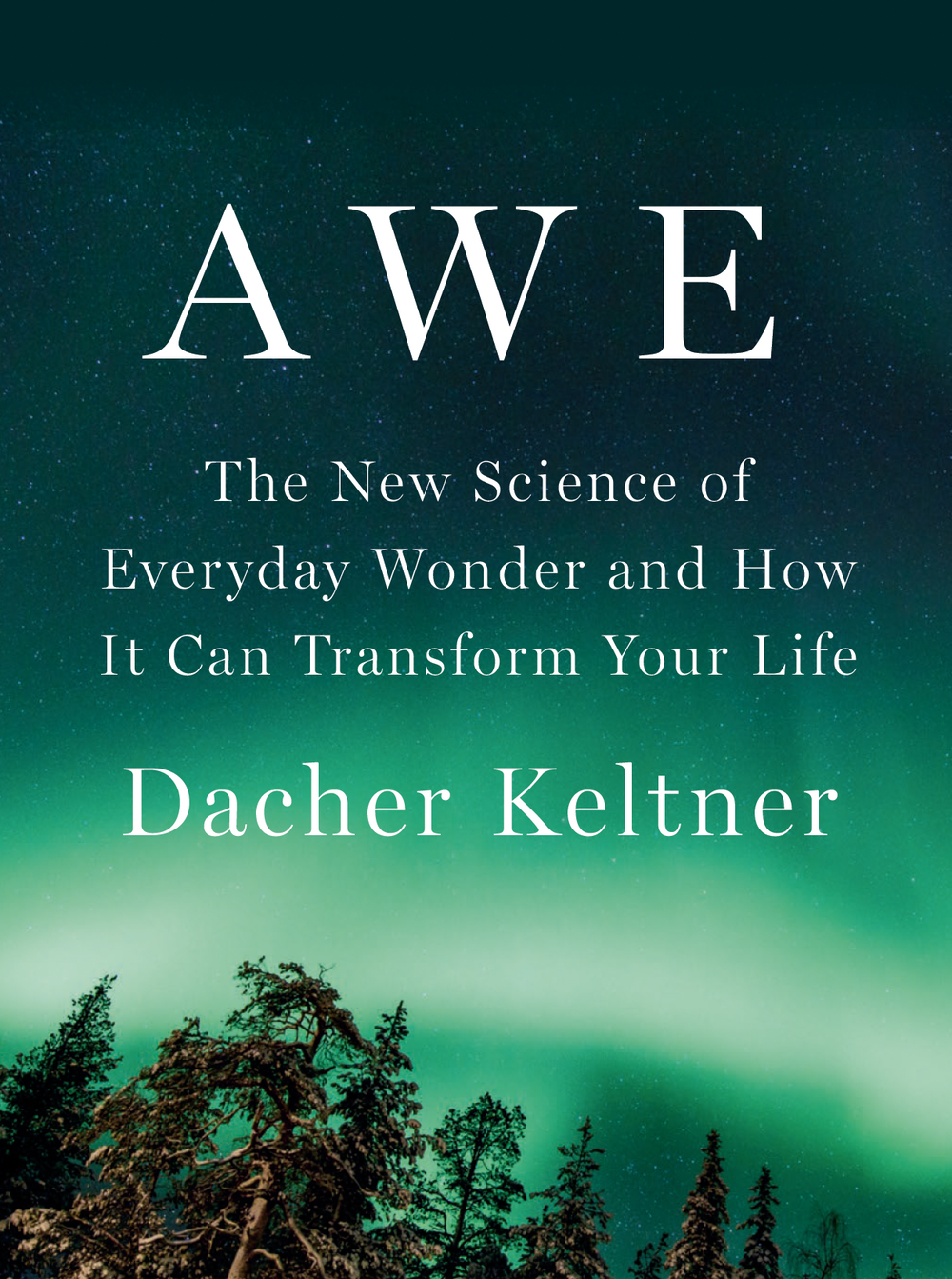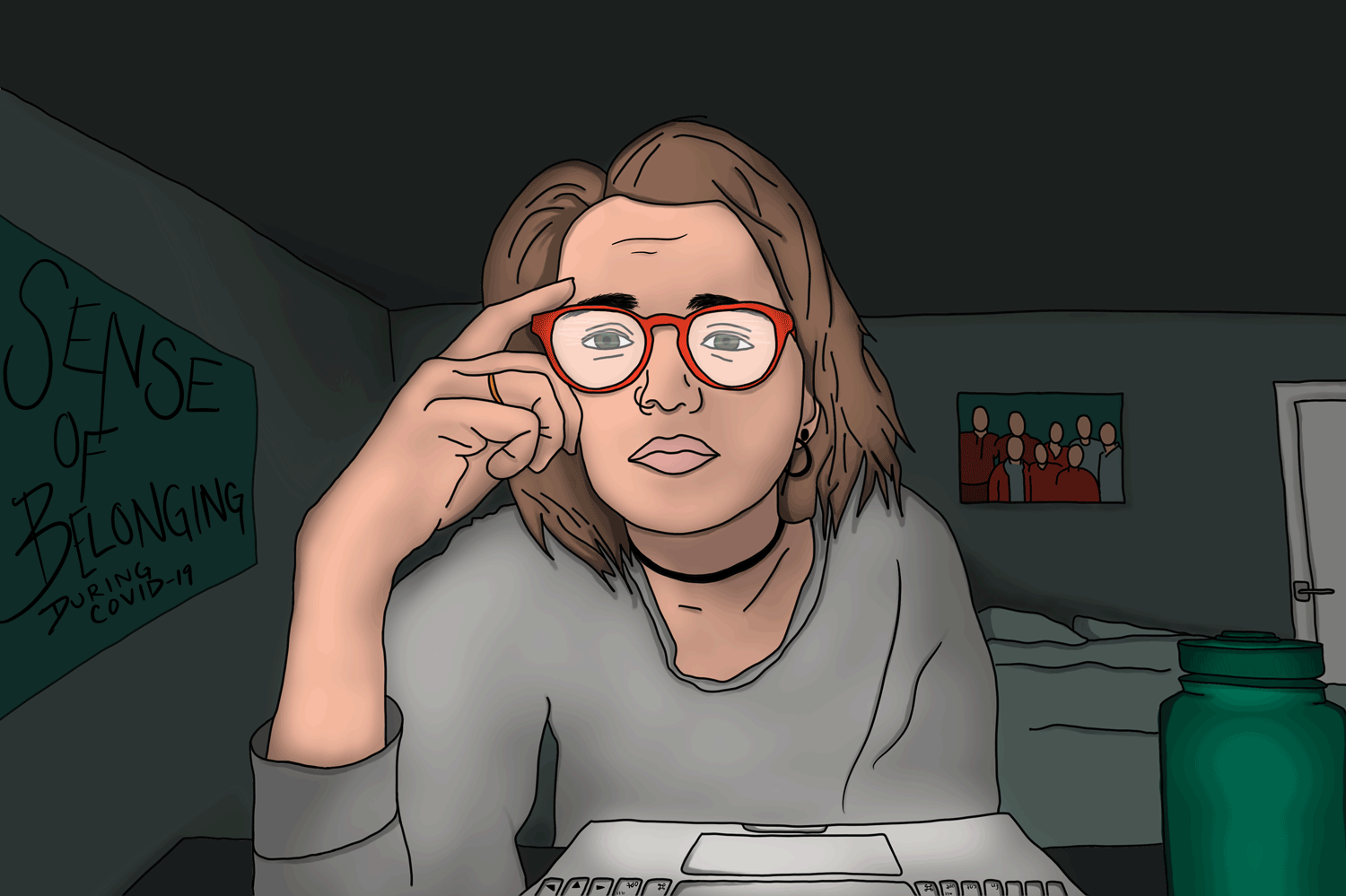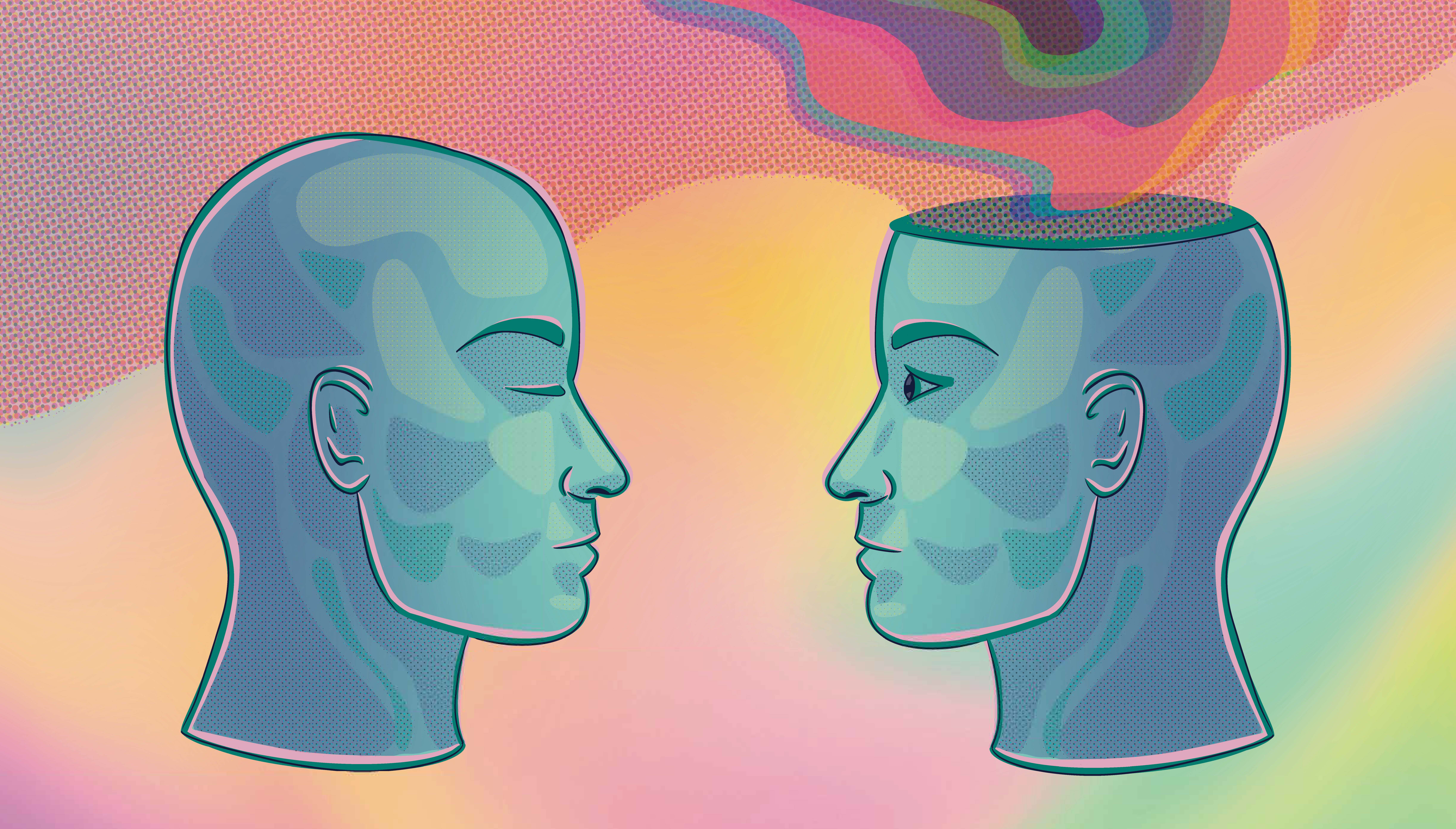
This article is being cross-posted on the PLOS Student Blog. Check out some other really interesting pieces there!
Scientists frequently reference a quote attributed to Einstein: “You do not truly understand something unless you can explain it to your grandma.” Whether or not these words were actually Einstein’s, they’ve been used again and again to encourage students to explain highly technical details in a simple way so that even your grandma could understand it. The assumption is that your dear old grandma is a feeble-minded lady who doesn’t know anything about phishing or bitcoin (Commodity.com guide to BTC) or Bayesian statistics.
[caption id="attachment\\_9247" align="alignright" width="300"][](http://sciencereview.berkeley.edu/wp-content/uploads/2013/08/Payne.png) Cecilia Payne-Gaposchkin discovered that the sun is made of mostly hydrogen. Fellow astronomer Henry Norris Russell rejected her work… but then published a paper making the same claim four years later. Even though he cited Payne-Gaposchkin’s work, he is still commonly credited with her discovery.[/caption]
What’s interesting here is that it’s always your grandma you’re asked to explain things to, not your grandpa. This subtle difference seems innocuous, but it reflects the age-old stereotype that men are more competent than women in math and science. Luckily, we’ve moved forward from the days when women in science like Rosalind Franklin, Cecilia Payne-Gaposchkin, and Lise Meitner had their ideas overlooked or even blatantly stolen, but the undercurrent of sexism has not disappeared – it has just become subtler.
Cecilia Payne-Gaposchkin discovered that the sun is made of mostly hydrogen. Fellow astronomer Henry Norris Russell rejected her work… but then published a paper making the same claim four years later. Even though he cited Payne-Gaposchkin’s work, he is still commonly credited with her discovery.
It is true that women are underrepresented in these spheres, but not because women aren’t interested in it or can’t handle the work (for instance, see some grandmas who probably know more than you). Even when women are highly competent in their field of study, their career accomplishments take a backseat to what’s stereotypically a woman’s duty: raising a family.
Take, for instance, the late Yvonne Brill, a rocket scientist (certainly the type of grandma you wouldn’t talk down to). Her obituary in the New York Times began:
She made a mean beef stroganoff, followed her husband from job to job and took eight years off from work to raise three children. “The world’s best mom,” her son Matthew said.
But Yvonne Brill, who died on Wednesday at 88 in Princeton, N.J., was also a brilliant rocket scientist, who in the early 1970s invented a propulsion system to help keep communications satellites from slipping out of their orbits.
The New York Times has since changed the obituary to lead with a mention of Brill’s career, but the original introduction reflects this trend of subtle sexism. The “but” that begins the second paragraph seems to imply that being a good wife or mom is somehow directly contradictory with being a “brilliant rocket scientist”.
Scientists, too, fall prey to gender stereotypes. In a 1999 study, University of Wisconsin-Milwaukee researcher Rhea Steinpreis and her colleagues sent faculty members a CV for a fake applicant’s tenure-track faculty position, and randomized whether the applicant had a male or female name. With the same application, the male applicant was more likely to be hired than the female applicant. More than a decade later, nothing has changed; last year, Yale researcher Corinne Moss-Racusin and her colleagues ran a similar study, asking faculty to rate application materials for a lab manager position. Like in Steinpreis et al.’s study, the male applicant was also rated more highly than the female applicant, and was given a higher average starting salary.
Even if women get that coveted lab manager position or tenure-track faculty position, their research may be less likely to be seen by a wider audience. Last year, the popular journal Nature assessed their own inclusion of female perspectives. They found that women made up only 14% of their reviewers, 18% of their profiled scientists in 2011 and 2012, and 19% of Nature‘s Comment and World View articles. Though there tend to be fewer women in STEM fields to review, write, and profile, Nature acknowledges that doesn’t fully explain the lack of female viewpoints included in their publication. In their own words: “There is work to do.”
This lack of visibility and opportunity can be frustrating, and, according to a 2008 Harvard Business School study, it also contributes to women’s decision to leave STEM fields. Recent research from Berkeley faculty Mary Ann Mason, Nicholas Wolfinger, and Marc Goulden found that STEM fields fail to retain women at every stage of their careers, from undergraduate science courses to professorial tenure review. Data collected by the National Science Foundation found that in many fields, like engineering and biology, women make up more than half of undergraduate students, but this number drops off at each transition point, so that at the tenured professor level, women make up only 20-25% of the total. The most women drop out in the transition between receiving a PhD to landing a faculty position.
Why are women leaving in such numbers? We’ve all heard an urban legend about that one old, misogynistic professor in the department who has explicitly stated his belief that women don’t belong in science, but as the majority of male scientists will attest, there are few men who sit in their ivory towers, intentionally barring women from being hired or published. The story is far more complicated. For one, having more women on review boards does not increase the likelihood that more women will be hired or published. In Steinpreis et al. and Moss-Racusin et al.’s studies, women were just as likely as men to rate the male applicant more highly than the female applicant. This underscores the pervasiveness of gender stereotypes; women, too, can believe that men are more competent. And even worse: they take those stereotypes to heart while on the job.
Social psychologists call this phenomenon “stereotype threat.” This occurs when an individual who is a member of a group fears they will confirm a negative stereotype about their group. A classic stereotype threat study by Spencer, Steele, & Claude (1999) found that women performed worse on a math test if told the test was supposed to reflect gender differences than if they were told it did not reflect gender differences. This works with pretty much any negative stereotype; Yeung & von Hippel (2008) found that women who were primed with the stereotype that women are bad at driving were more than twice as likely to hit jaywalkers in a virtual driving game.
[caption id="attachment\\_9248" align="alignleft" width="300"][](http://sciencereview.berkeley.edu/wp-content/uploads/2013/08/womansci.png) Cecilia Payne-Gaposchkin discovered that the sun is made of mostly hydrogen. Fellow astronomer Henry Norris Russell rejected her work… but then published a paper making the same claim four years later. Even though he cited Payne-Gaposchkin’s work, he is still commonly credited with her discovery.[/caption]
More recent research suggests stereotype threat has an effect on women’s perception of daily interactions with fellow scientists. University of British Columbia research Toni Schmader and University of Arizona researcher Matthias Mehl had women in science wear microphones that recorded random snippets of their daily conversations. In rating how “competent” women sounded in talking about their own work, the study found that women sounded less competent when speaking with male colleagues than female colleagues. Presumably, this behavior is a result of stereotype threat: women fear confirming the stereotype of “women are bad at science,” and they falter.
Stereotype can affect female scientists’ behavior when interacting with male scientists.
In the face of all this, what’s a woman in science to do? The STEM blogosphere has been abuzz with recommendations such as:
Require universities to adopt family-friendly policies to retain women who are dropping out for family reasons.
Provide childcare.
Make the tenure process more flexible.
Do more scientific outreach for young girls.
Create support groups for women to foster stronger mentor/mentee relationships.
These are all good ideas, and fit an underlying theme: we need to keep current female scientists in their fields, and we need them to recruit more women to join in the future. Subvert the harmful stereotypes about women and STEM fields that girls hear from a young age: make sure Mattel never makes another “Math class is tough” Barbie, or that children’s clothing stores never make another girls’ t-shirt like this. Be the grandma who does the explaining, not the one who needs to be explained to.



